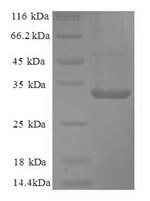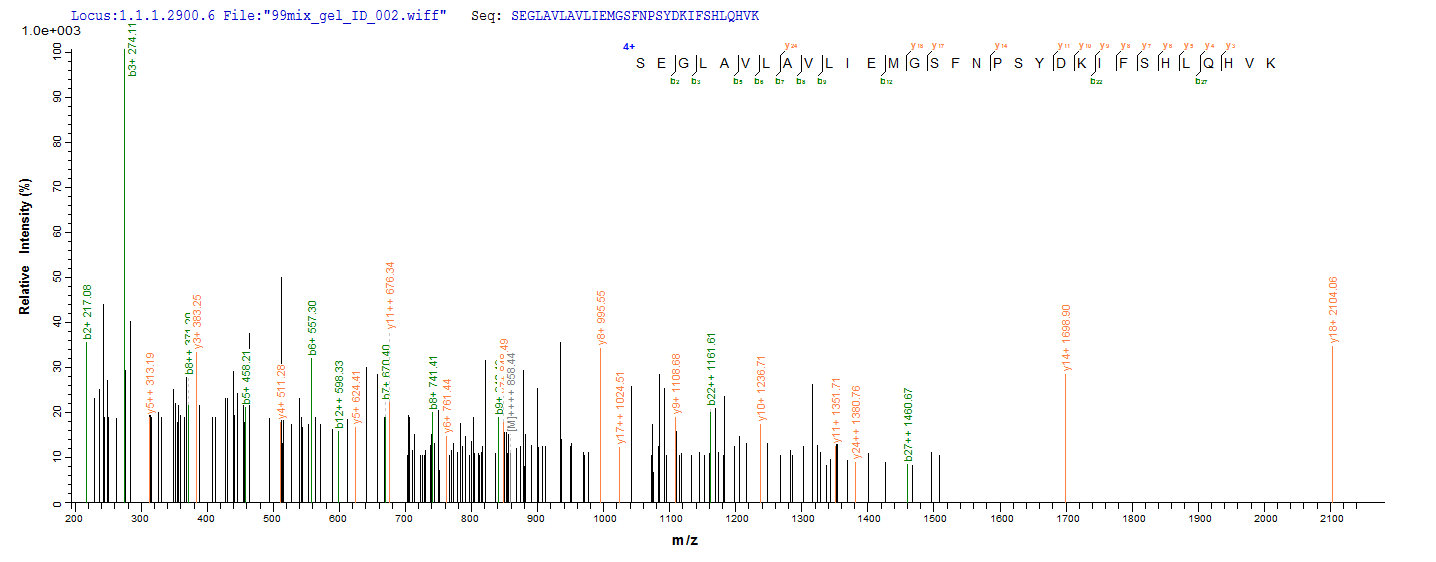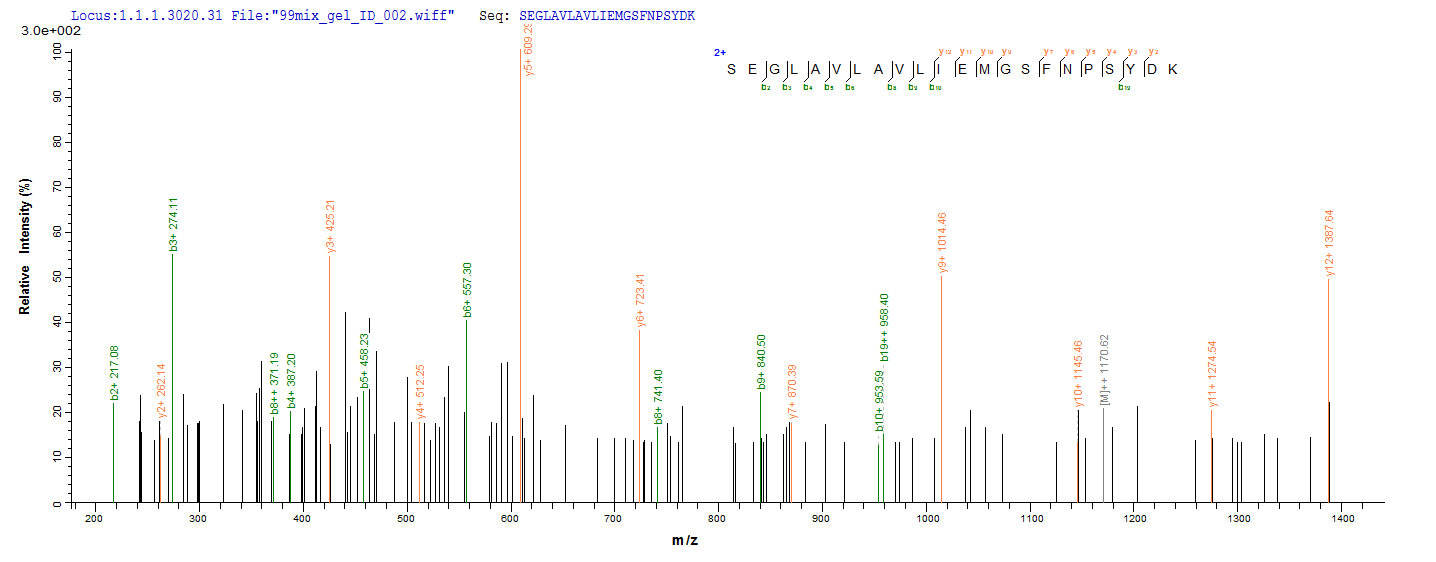The production of this Recombinant Human cry1Ac protein began at the genetic level, where the coding sequence for the cry1Ac protein was first isolated and cloned into an expression plasmid vector. Recombinant DNA technology was used in the process. Next step was cloning. The expression vector must be introduced into the host cell (Yeast) so that the cells could be cultured and expressed the desired CA12 protein. And we finally got the recombinant CA12 protein with the purity of 90%+ determined by SDS-PAGE.
The carbonic anhydrase 12 (CA12) gene encodes a zinc metalloenzyme that catalyzes reversible carbon dioxide hydration and thereby modulates a range of biological processes. CA12 is a type I membrane protein that has been found to be expressed in renal cell carcinoma and a range of other cancer types. There is some evidence that CA12 can promote tumor growth by driving micro environmental acidification. And some studies have primarily found that CA12 expression is restricted to certain cell types with maximal expression in terminally differentiated cells. In breast cancer patients, intratumoral CA12 upregulation is associated with better patient prognosis, whereas in oral cancer this gene is associated with tumor invasion and metastasis. Currently, CA12 is known to play central roles in regulating many cancers, but its function in the context of different cancers remains to be fully discussed.








